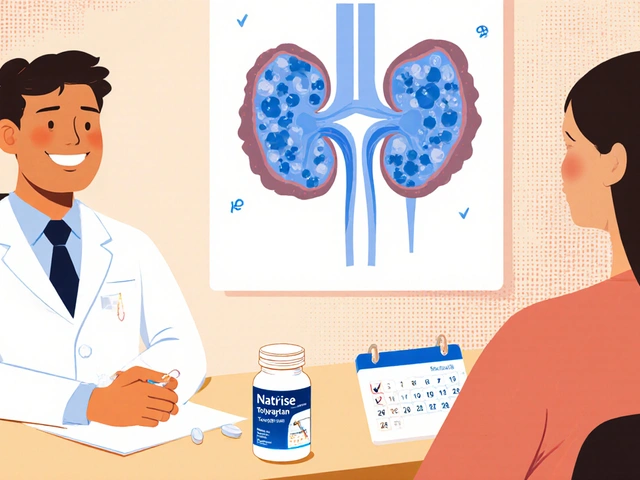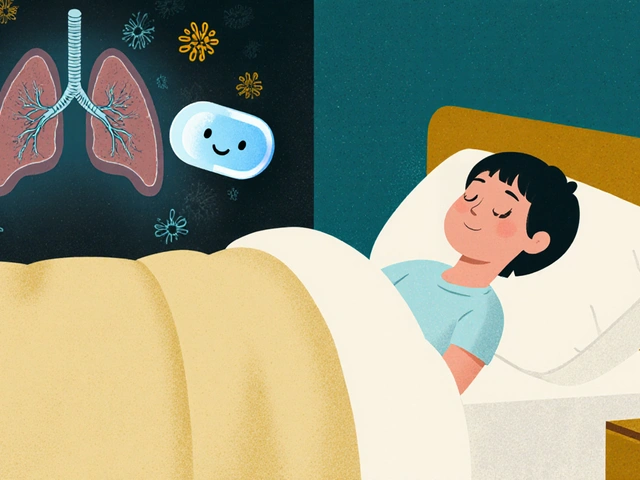Migraine Relief with Cannabis: Quick Facts and Tips
If you’ve tried pills, rest, and diet changes and still get knocked out by a migraine, you’re not alone. Millions of people hunt for something that actually cuts the pain without a long pharmacy line. Cannabis has jumped into that conversation as a possible fast‑acting option.
Why does cannabis even enter the migraine discussion? The plant talks to the same brain pathways that control pain, inflammation, and nausea. Those pathways are called the endocannabinoid system, and they help keep our nervous system balanced. When you bring THC or CBD into the mix, you’re basically giving that system a boost.
Research is still early, but a handful of small studies and real‑world reports point to reduced migraine frequency and less intense pain when people use cannabis. The key is finding the right strain, dose, and method that fits your body.
Which Cannabis Strains Work Best for Migraine?
Most users say high‑CBD, low‑THC strains calm the nervous system without making you feel too “high.” Strains like Harlequin, Cannatonic, and ACDC keep the THC under 5% and pack a solid CBD punch. Those can mute the throbbing and stop nausea before it starts.
If you need stronger pain relief, a balanced 1:1 THC‑CBD strain such as Girl Scout Cookies or Purple Punch can be helpful. The THC adds a pain‑blocking effect, while the CBD keeps anxiety in check. Purely high‑THC strains (think OG Kush or Sour Diesel) may work for some, but they often bring a buzz that can worsen migraine‑triggered anxiety.
How to Use Cannabis Safely for Headache Relief
Start low and go slow. A 1‑2 mg THC dose (about a single puff from a vape or a tiny edible) is enough for most beginners. If you’re using CBD‑rich oil, a few drops under the tongue can do the trick.
Inhalation gives the fastest relief—effects show up in minutes, which is perfect when a migraine hits suddenly. Edibles last longer (4‑6 hours) but take longer to kick in, so they’re better for prevention or when you know a migraine is coming.
Watch for side effects: dry mouth, light‑headedness, or a temporary increase in headache if you overdo THC. Keep a simple log—note the strain, dose, method, and how you feel. That record helps you fine‑tune what works best.
Legal status varies by region, so check your local laws before buying. Stick to reputable dispensaries or online stores that provide lab‑tested products. Quality matters; contaminants can worsen symptoms.
Bottom line: cannabis can be a useful tool for migraine relief when you pick the right strain, start with a tiny dose, and track your response. Pair it with your regular migraine plan—hydration, sleep, and trigger avoidance—and you may find a new level of comfort without a pharmacy queue.

Top Cannabis Strains for Migraine and Headache Relief
Discover the most effective cannabis strains for easing migraines and headaches, with detailed profiles, dosage tips, and safety advice.

10 Alternatives to Vibramycin You Should Consider
Jan, 31 2025



